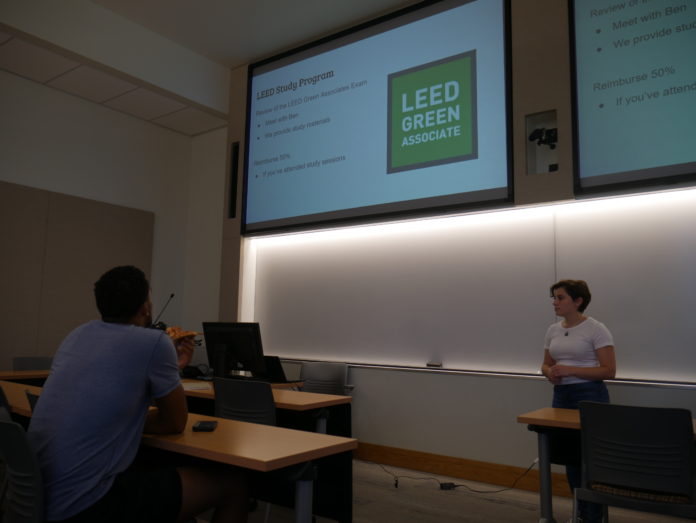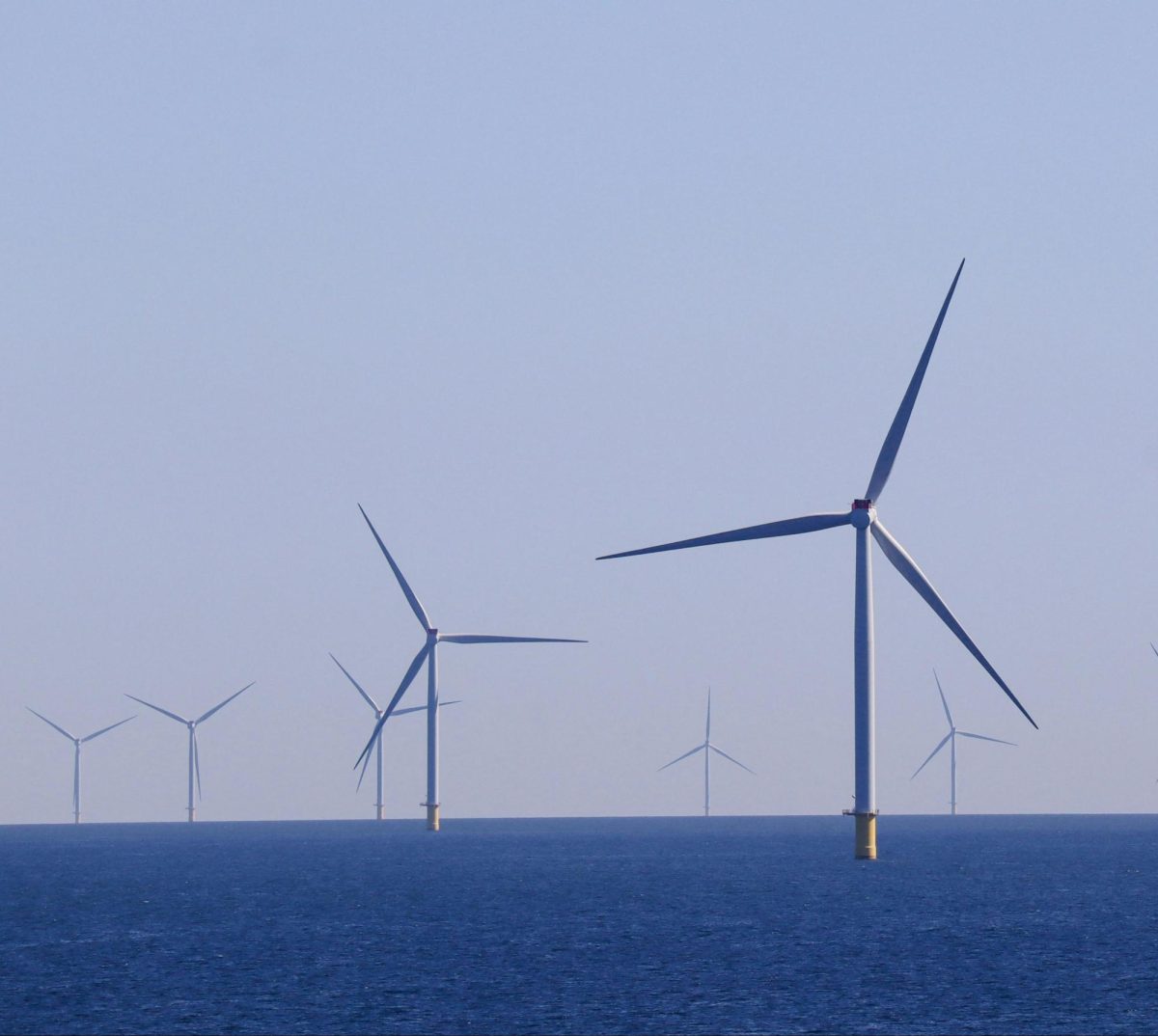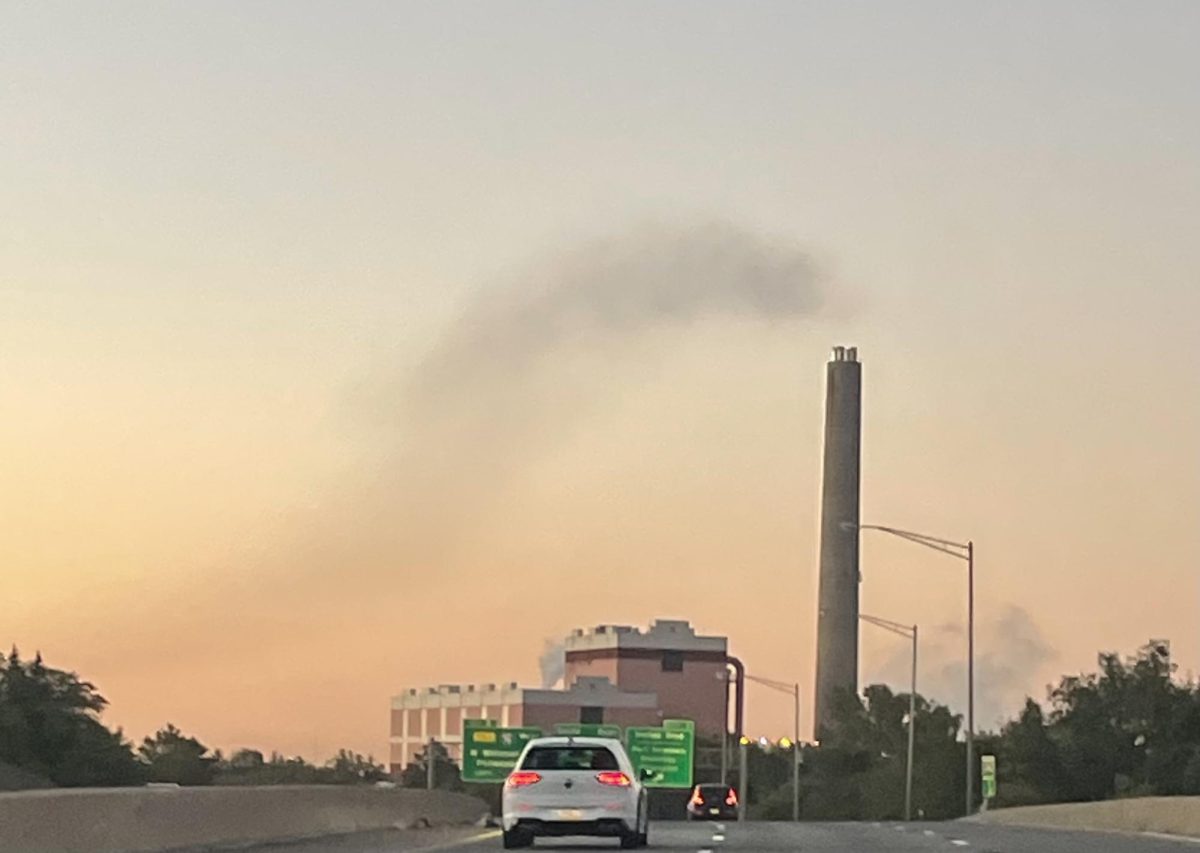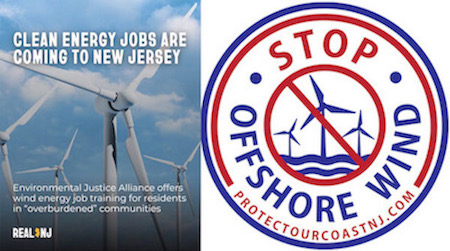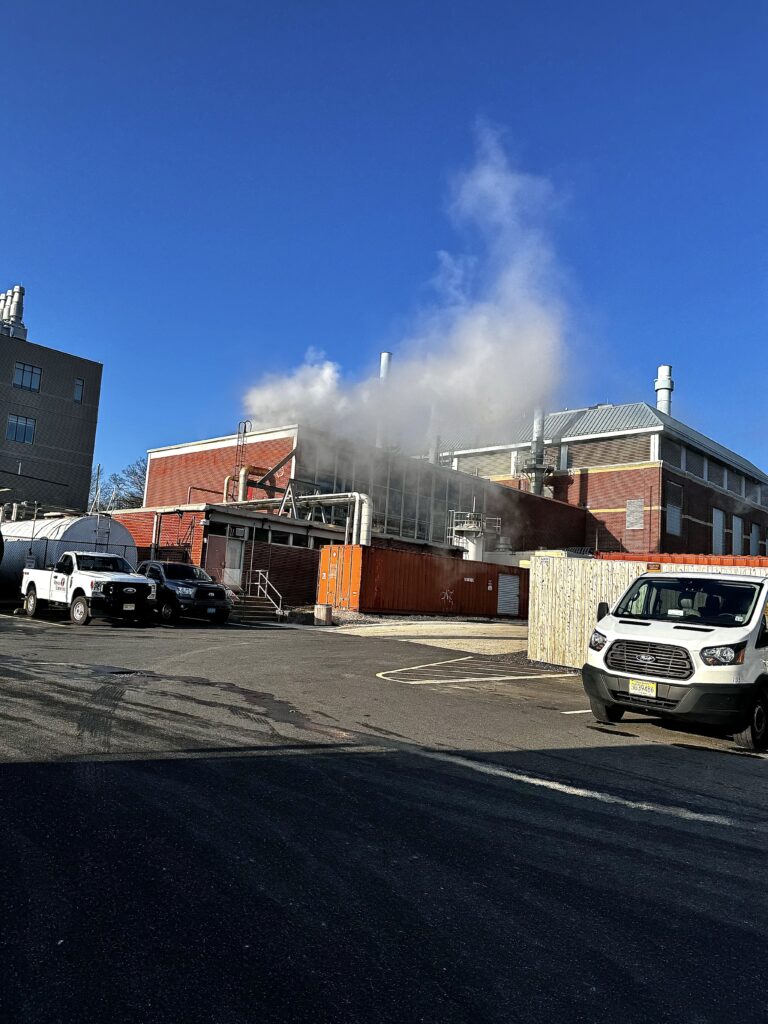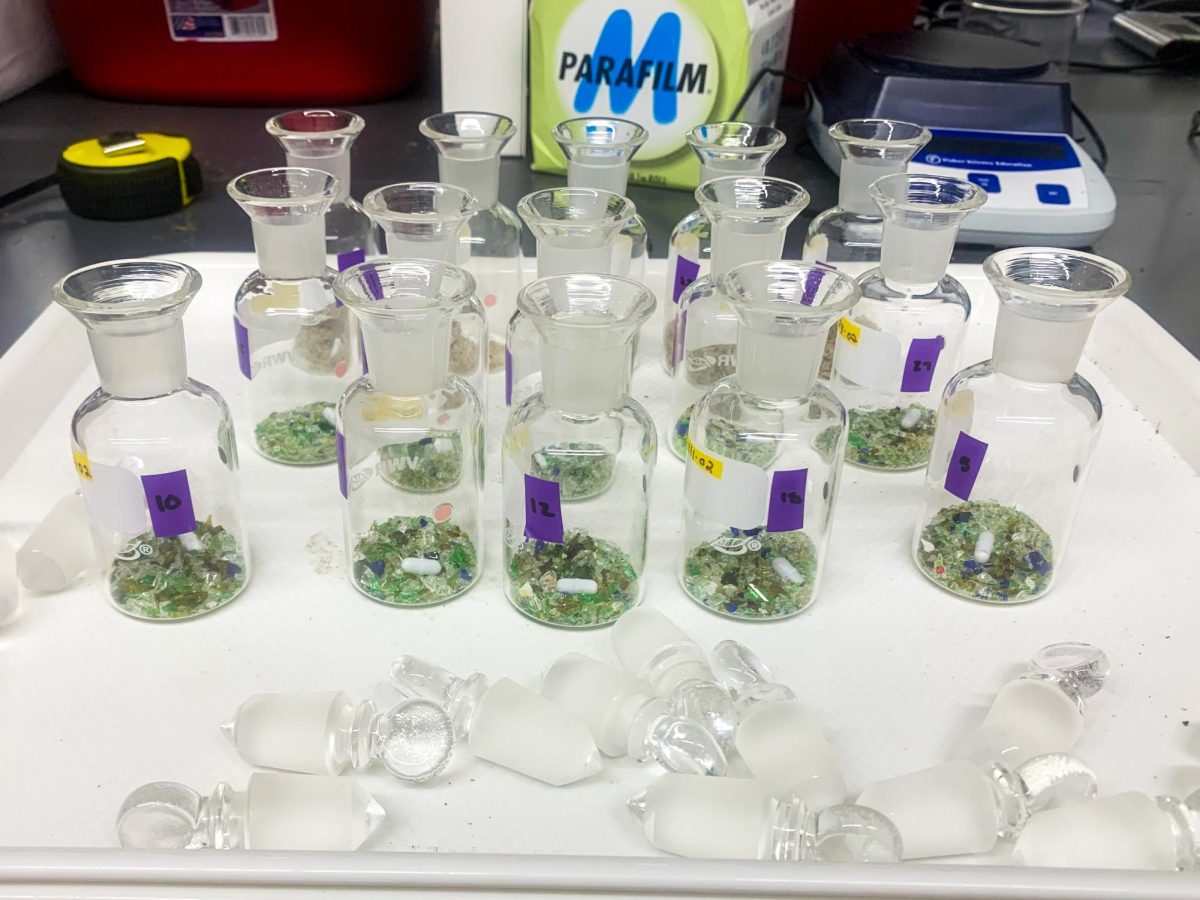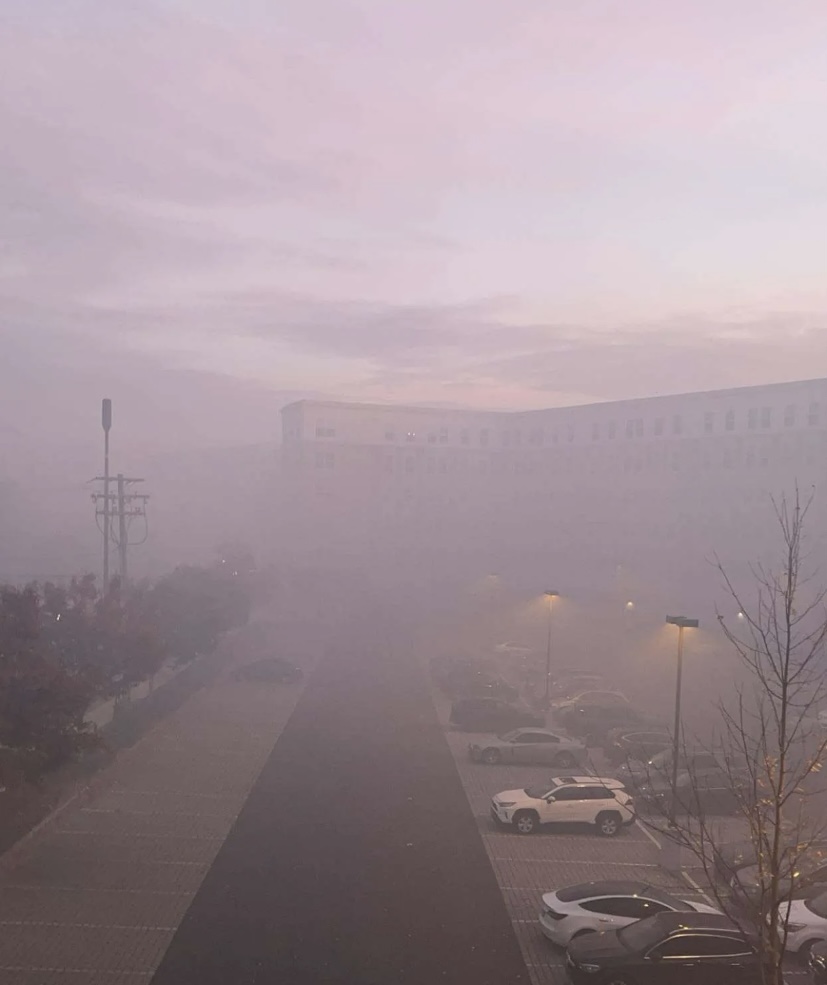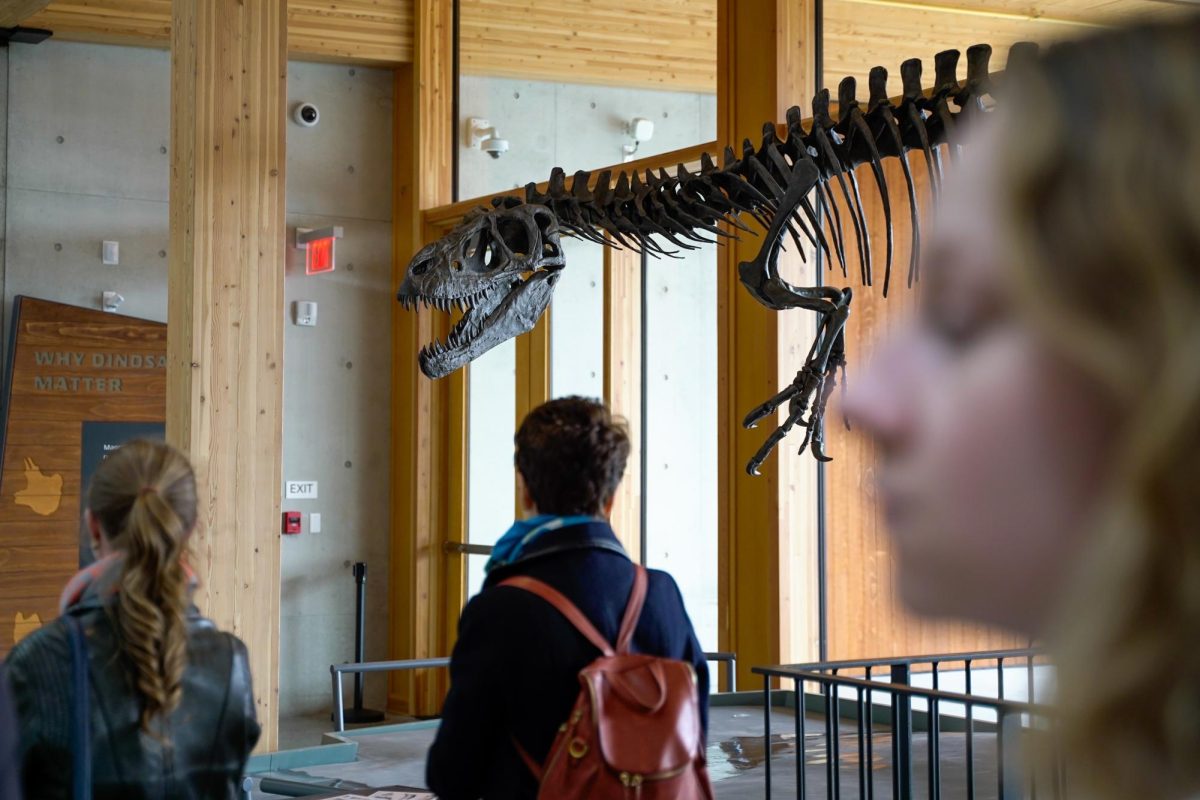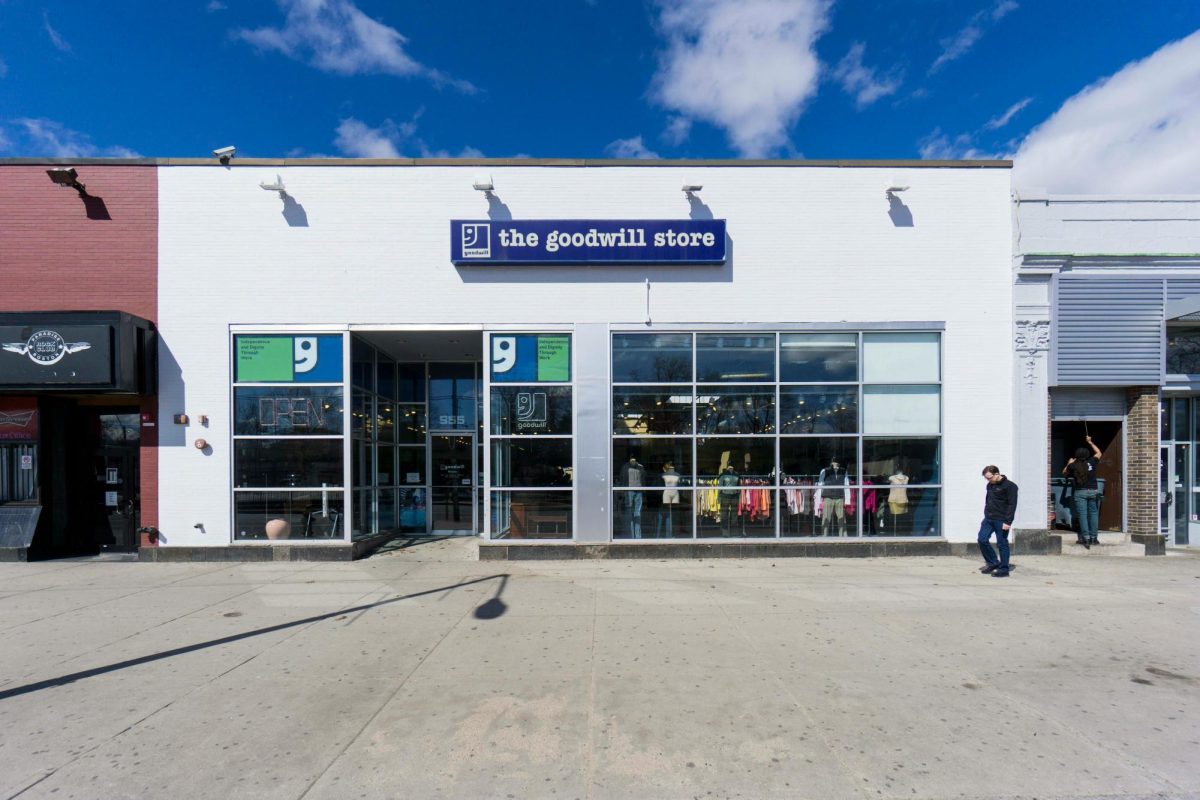By Kalie VanDewater | Sept. 23, 2019
With the push for action against climate change growing, many people are realizing that more needs to be done on a large scale, rather than doing small things at home to save energy or cut down on waste. While this can be helpful, it’s necessary for those with bigger realms of influence, like companies and large businesses, to do their part.
One thing that can help reduce a company’s impact on climate change is to make environmentally sustainable infrastructure a priority. Sustainability is important because it encompasses a variety of things, including energy usage in buildings and the actual construction of a building.
The best way to ensure that a building is sustainable is for it to undergo something called LEED certification. Through the U.S. Green Building Council (USGBC), buildings can undergo this rigorous certification process that involves the evaluation of their various aspects, from the placement of their windows to what kind of energy they use to power their facilities.
Certification is based on the Environmental Protection Agency’s Tool for Reduction and Assessment of Chemicals and Other Environmental Impacts (TRACI), which categorically characterizes the various impacts something can have on the environment.
While there are different levels of LEED certification — certified, silver, gold and platinum — each one requires professionals to go through and make sure that things are up to the standards of each certification level.
Read the full article in The Whit
This story is part of The Whit’s participation in a statewide climate reporting collaboration with members of the NJ College News Commons, a network of campus media outlets working together to cover the climate crisis in New Jersey.

